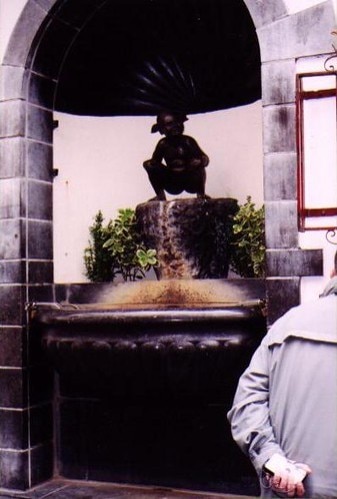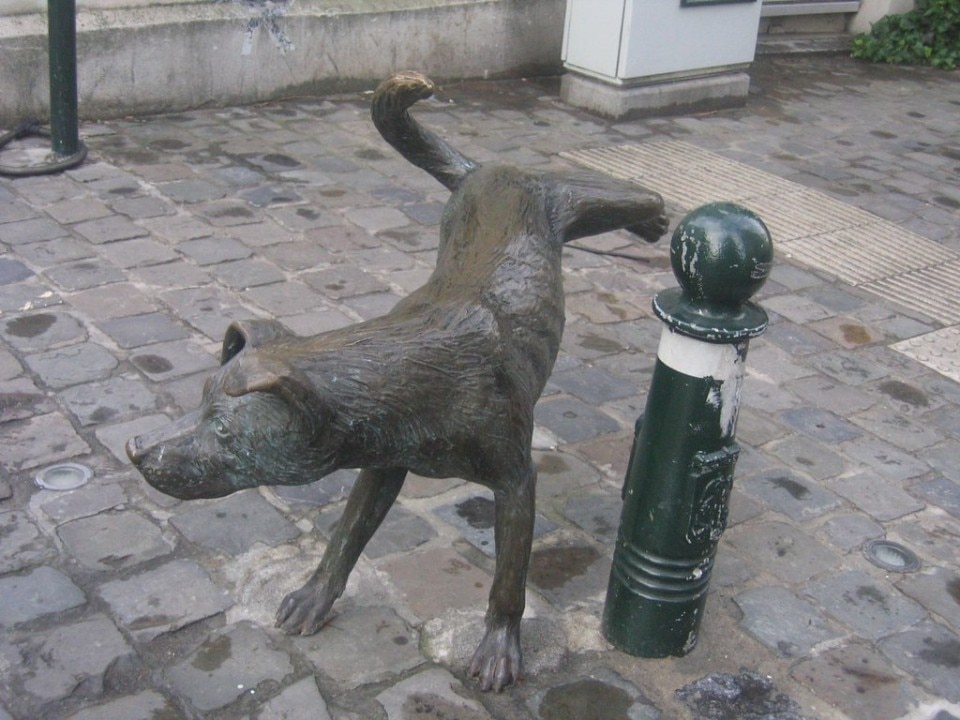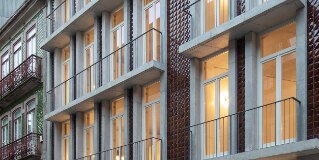-
Sections
-
Keywords
15 works of public art that became the symbol of a city
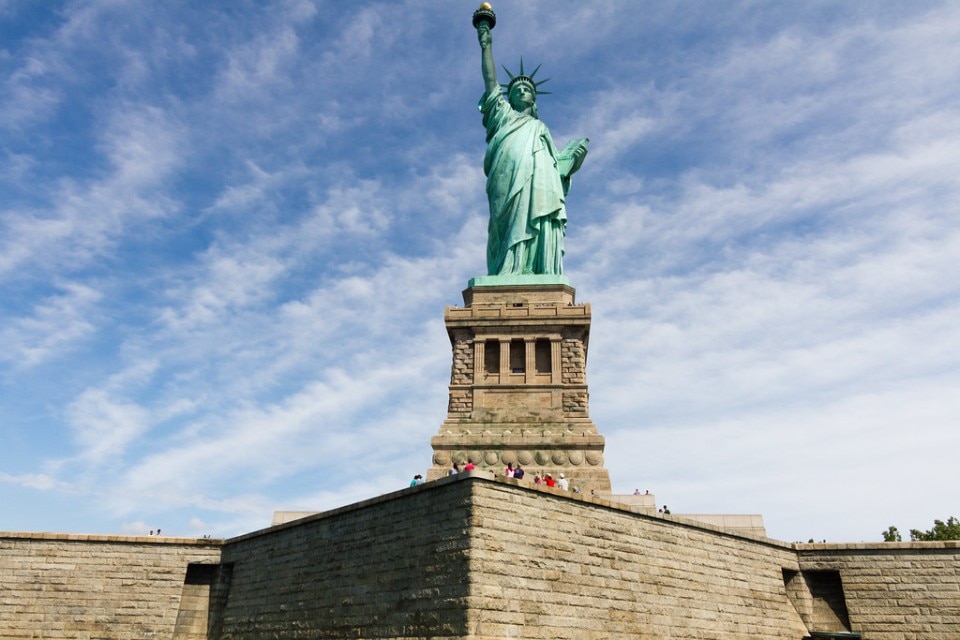
Frédéric Auguste Bartholdi, Statue of Liberty, New York, USA 1886
Donated by the French to celebrate American independence, the 93 m high Statue of Liberty has dominated the entire bay of Manhattan since 1886. Since the days when it appeared, for many migrants, as the first 'face' of the United States of America, the iconic monument has become not only the symbol of the city but also of the possibility of realising one's dreams.
Photo Liviob from Wordpress
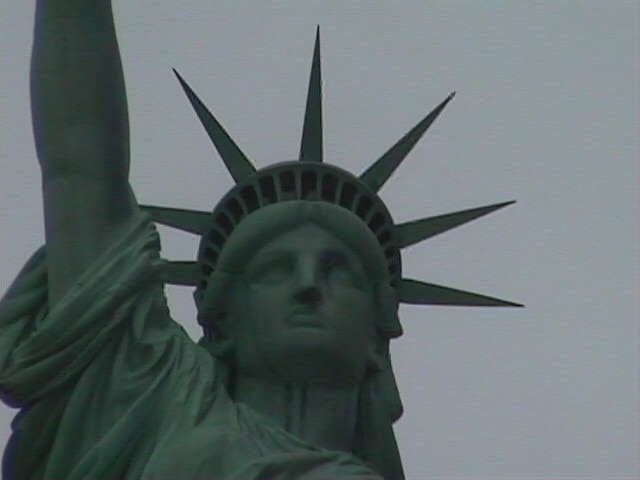
Frédéric Auguste Bartholdi, Statue of Liberty, New York, USA 1886
Photo cisko66 from Wordpress
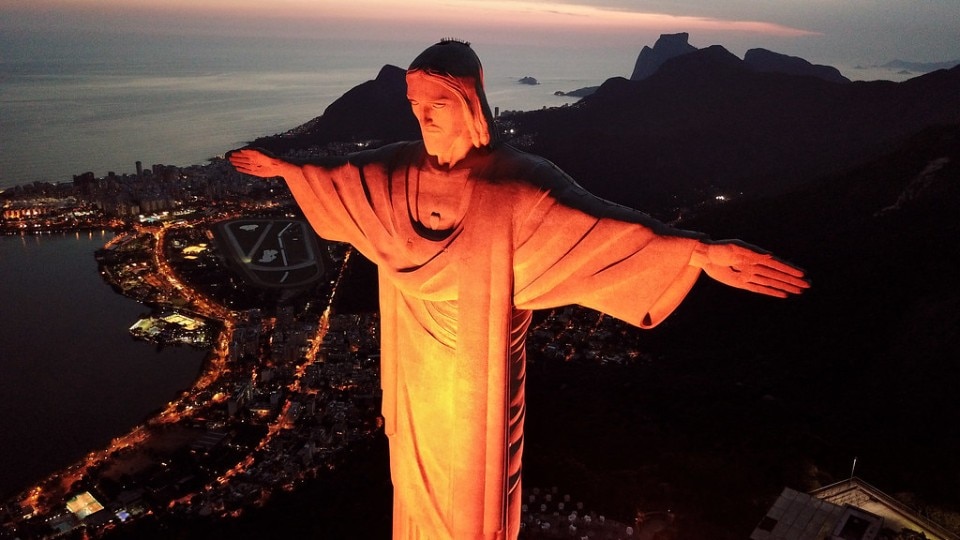
Paul Landowski, Heitor da Silva Costa, Gheorghe Leonida, Albert Irenée Caquot, Christ the Redeemer, Rio de Janeiro, Brazil 1931
The 38 m high soapstone statue rising from the top of Corcovado is par excellence 'the' symbol of Rio de Janeiro and the entire country: it depicts Jesus Christ with outstretched arms embracing the entire city in an ideal gesture, redeeming humanity.
Photo UNWomen gallery from Wordpress
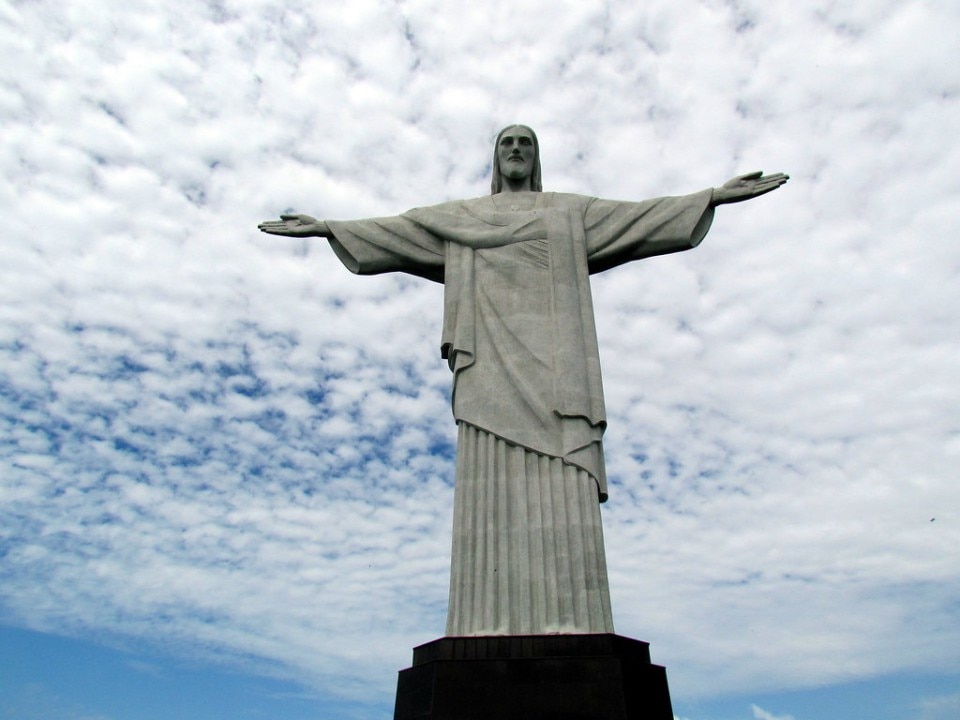
Paul Landowski, Heitor da Silva Costa, Gheorghe Leonida, Albert Irenée Caquot, Christ the Redeemer, Rio de Janeiro, Brazil 1931
Photo David Berkowitz from Wordpress
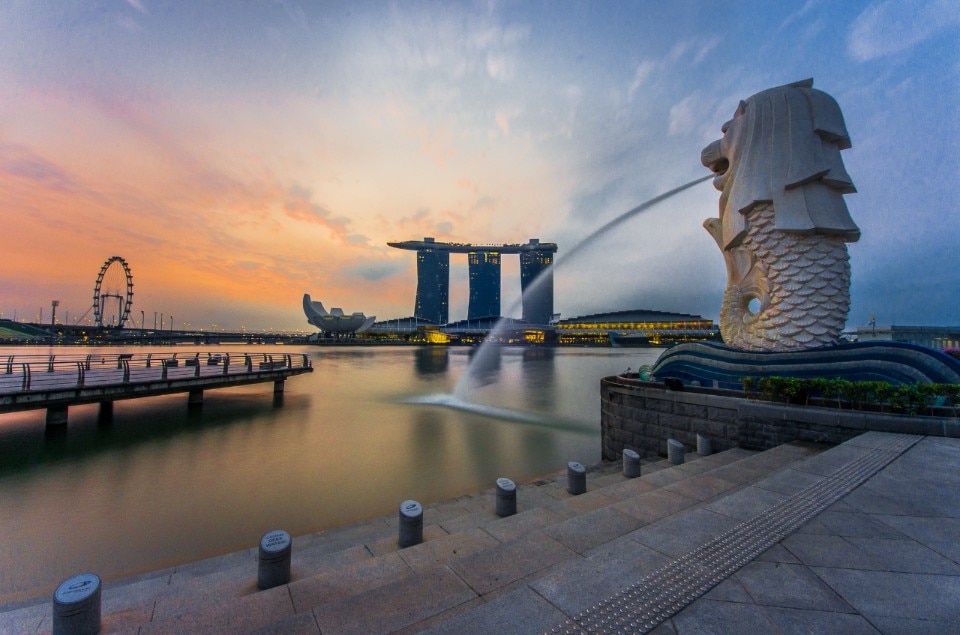
Lim Nang Seng, Merlion, Singapore, 1972
Located in the bustling Merlion Park, the 8.6m high sculpture spitting water represents the Merlion, a mythical creature with the head of a lion and the body of a fish regarded as the mascot and national symbol of Singapore. A little further away is a second 2m-high statue depicting a puppy (also of a Merlion, of course).
Photo Fad3away from Wordpress

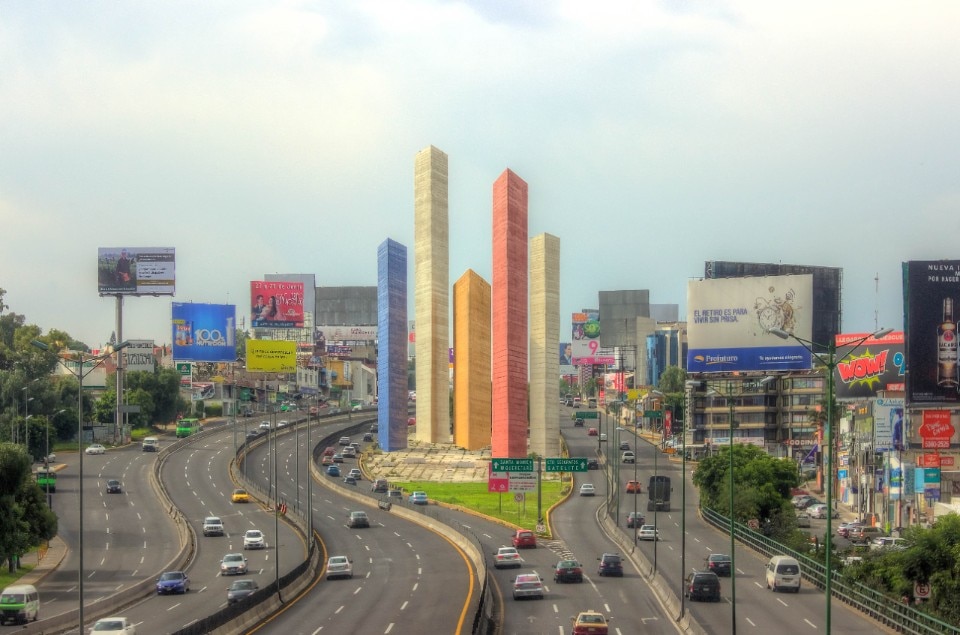
Luis Barragán, Mathias Goeritz, Torres de Satélite, Naucalpan de Juárez, Mexico 1958
The five prismatic concrete towers of varying heights (up to 52 m) and flamboyant colours are an effective synthesis of architecture and sculpture: originally conceived as a fountain at the gates of Ciudad Satélite, on the outskirts of Mexico City, even today these 'needles' stuck in the sky are a powerful territorial landmark.
Photo Octavio Alonso Maya from Wordpress
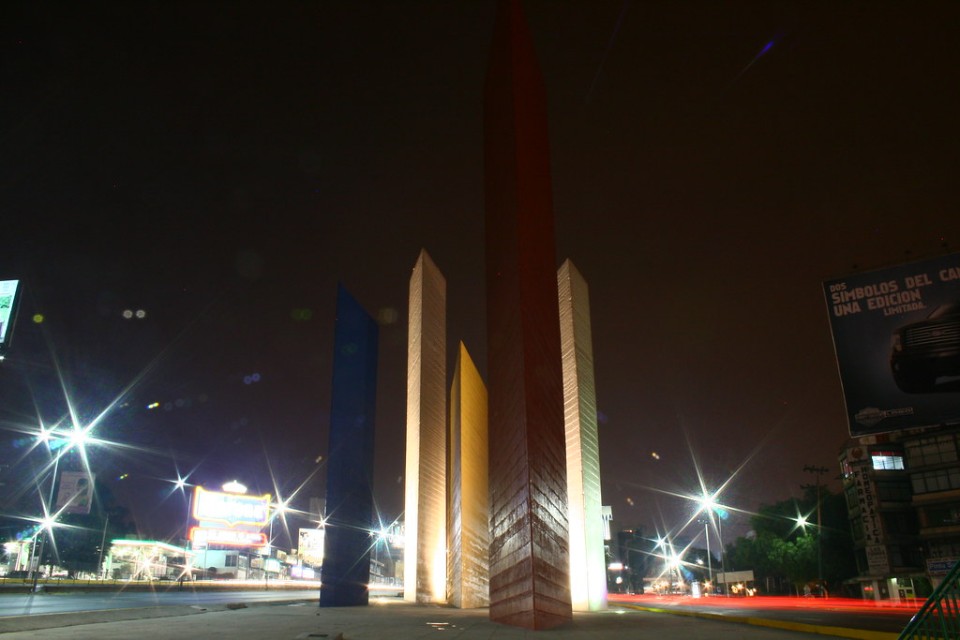
Luis Barragán, Mathias Goeritz, Torres de Satélite, Naucalpan de Juárez, Mexico 1958
Photo Christian Gonzáles Verón from Wordpress
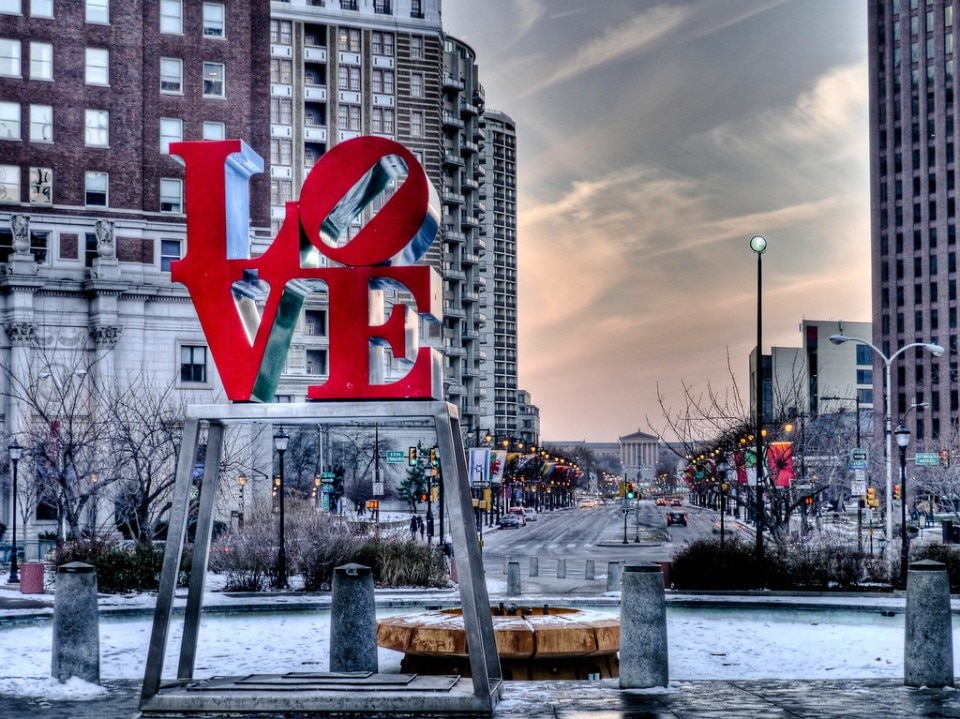
Robert Indiana, LOVE, Philadelphia, USA 1976
In the park dedicated to John Fitzgerald Kennedy in the heart of Philadelphia, the bright red, winking sculpture was designed to celebrate the birth of the United States of America in the site of their founding and the spirit of the 'city of brotherly love'.
Photo Trustypics from Wordpress
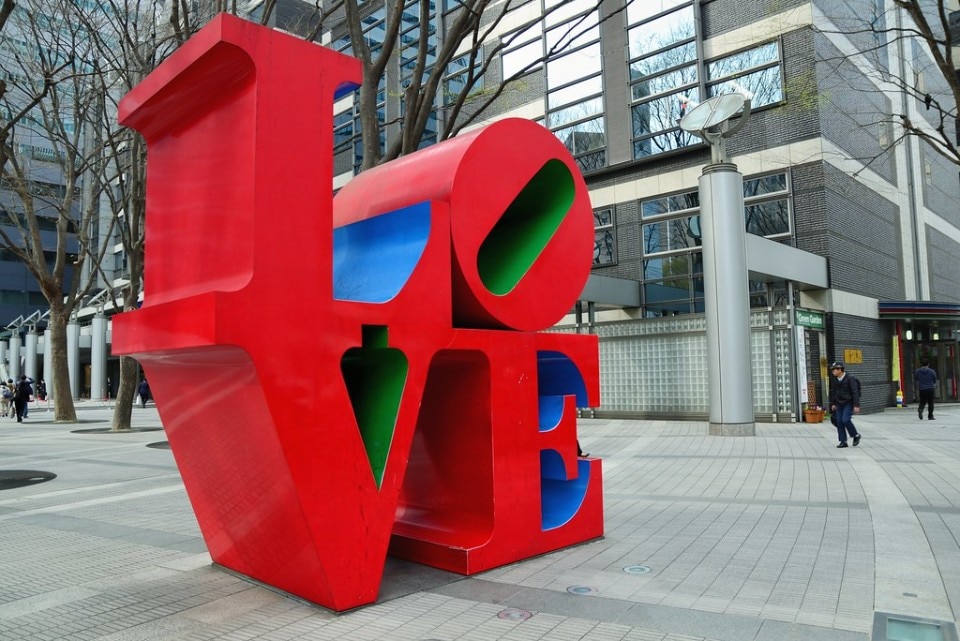

Eduardo Chillida, El Peine del Viento, San Sebastián, Spain 1977
At the extreme western tip of the Bahia de la Concha, there is one of Chillida's best-known compositions and strongly representative of the city: El Peine del Viento, a sculptural ensemble composed of pink granite terraces and three rusty iron elements set on the rocks, intended as one with the wind, water and waves. On very windy days, the air passes through a system of tubes emitting a magical, surreal sound.
Photo Babalooba from Wordpress

Eduardo Chillida, El Peine del Viento, San Sebastián, Spain 1977
Photo Burdellet from Wordpress
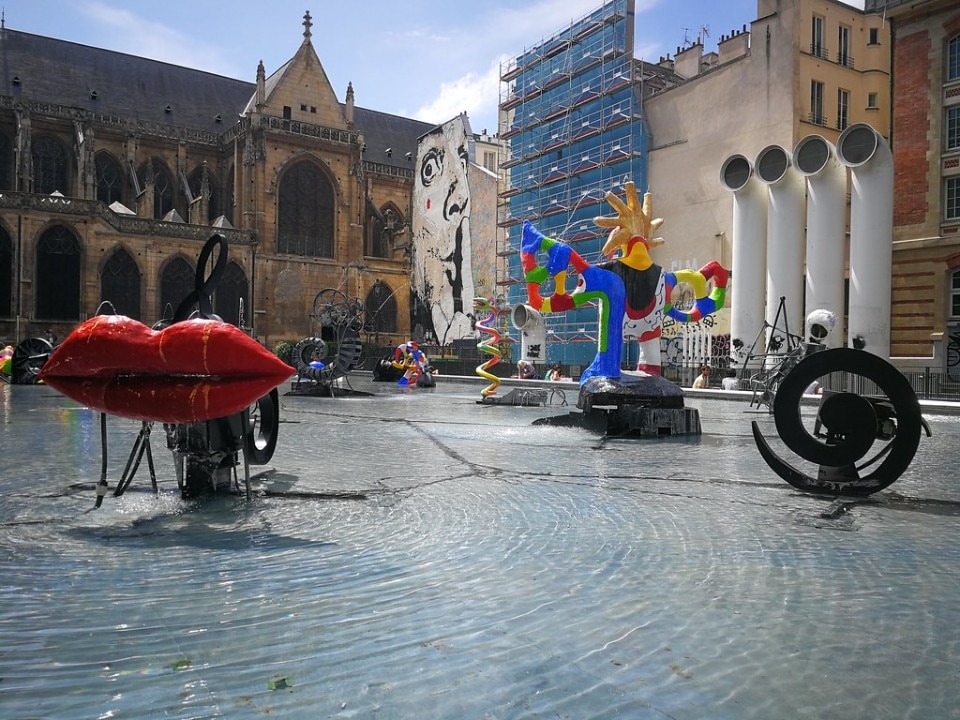
Jean Tinguely, Niki de Saint Phalle, Fontaine des Automates, Paris, France 1983
Located in the Igor Stravinsky Square near the Centre Georges Pompidou, the joyful fountain consisting of a 580 m2 basin and 16 colourful aluminium sculptures that move thanks to water jets is a pleasant attraction for adults and children alike.
Photo Art_inthecity from Wordpress
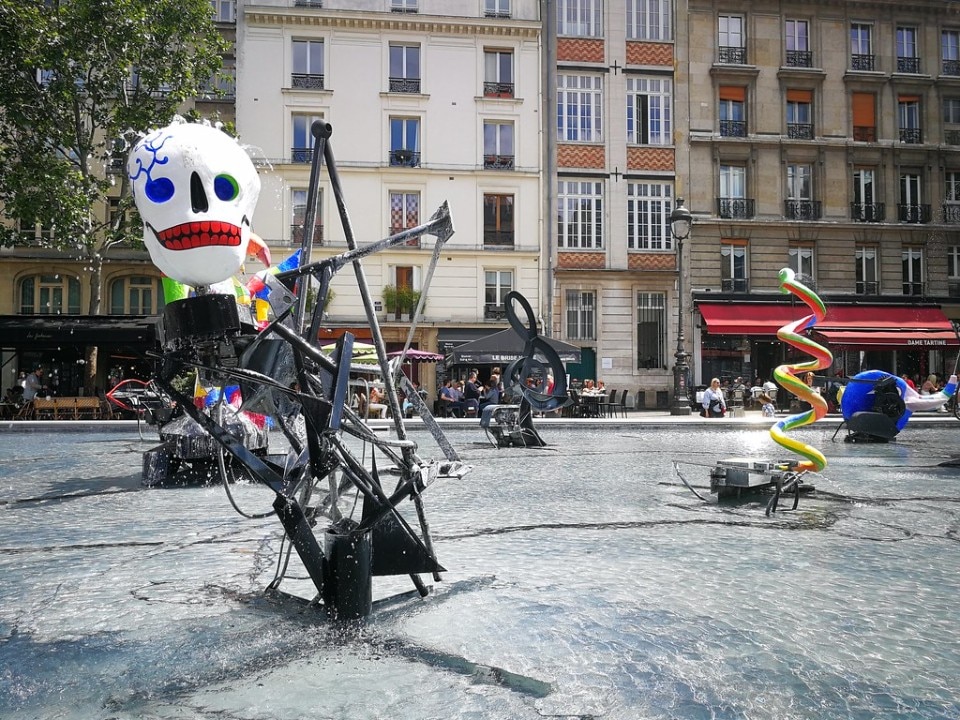
Jean Tinguely, Niki de Saint Phalle, Fontaine des Automates, Paris, France 1983
Photo Art_inthecity from Wordpress
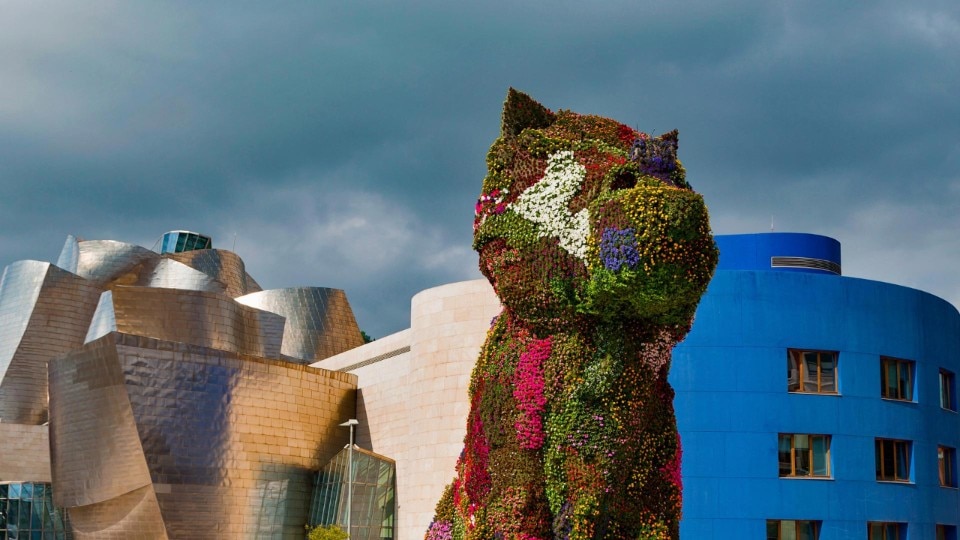
Jeff Koons, Puppy, Bilbao, Spain 1997
Coherently with Koons' expressive language, the monumental West Highland terrier puppy situated in front of the Guggenheim Museum and covered with petunias, marigolds and begonias on a stainless steel structure makes kitsch an effective marketing tool. As well as of Bilbao, it is a symbol of 'love, warmth and happiness', according to the artist.
Photo Andymag from Wordpress
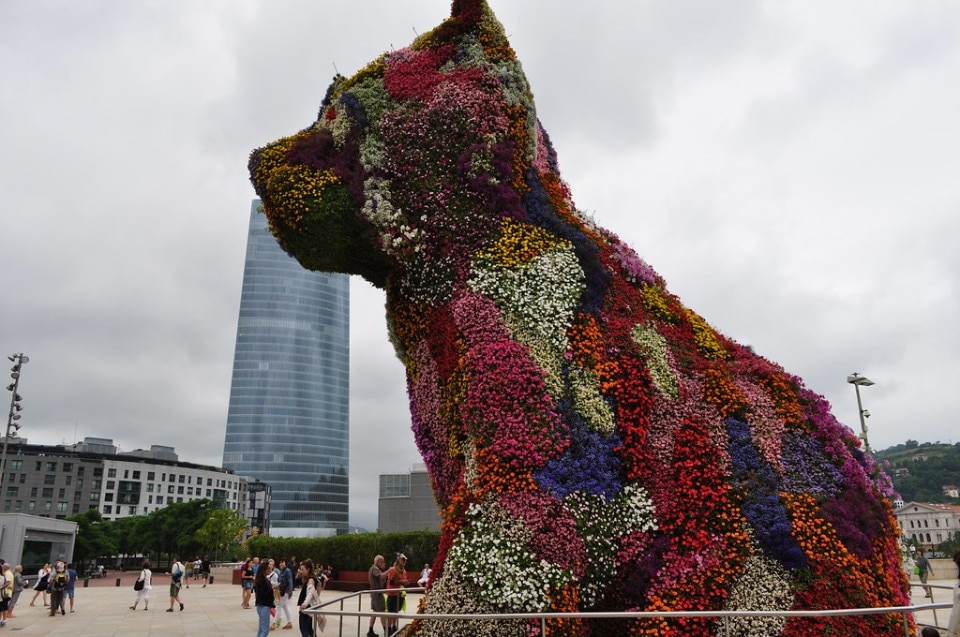

Alvar Gullichsen, Posanka, Turku, Finland 1999
The statue, located near the campus area of the University of Turku and the Turku Student Village, is a hybrid between a marzipan pig ('possu') and a rubber duck ('ankka'): every winter, tradition dictates that the statue is given a Santa Claus hat and, on Walpurgis Night, a student cap to playfully celebrate the return of spring and the (goliardic?) spirit of the place.
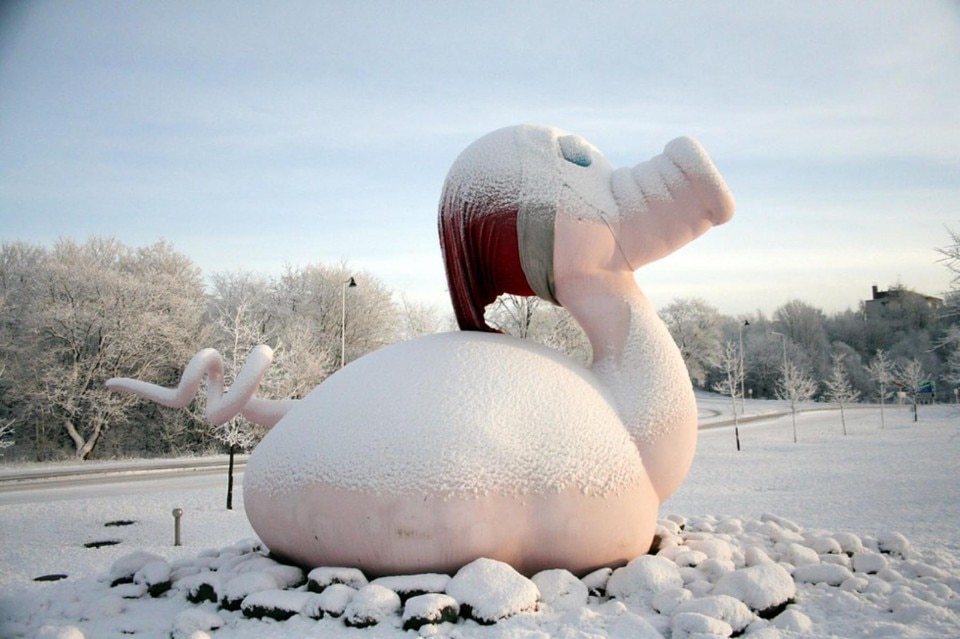
Alvar Gullichsen, Posanka, Turku, Finland 1999
View article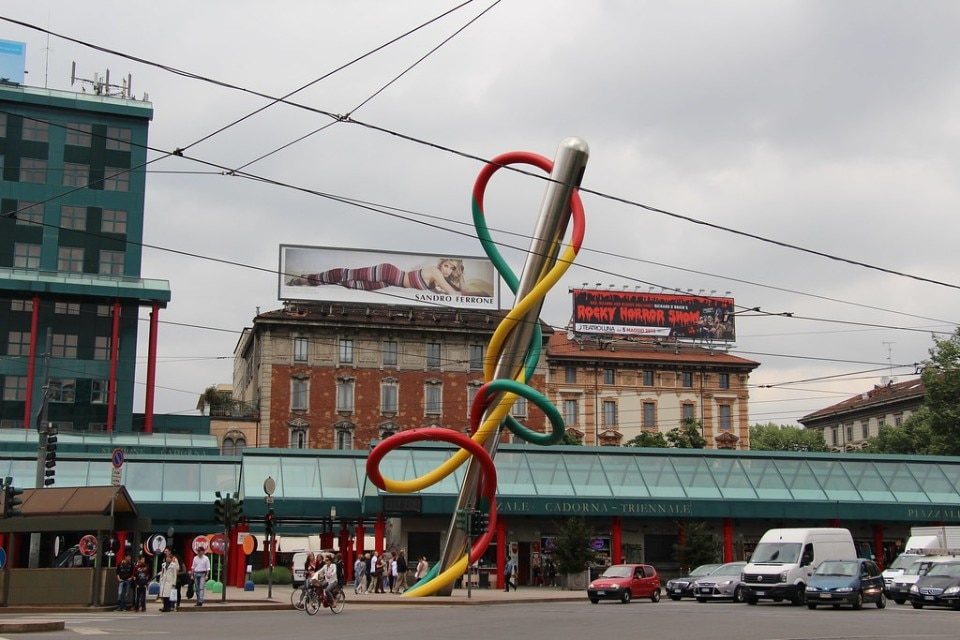
Claes Oldenburg and Coosje van Bruggen, Needle, thread and knot, Milan 2000
As part of the redevelopment of Cadorna Station and the surrounding square designed by Gae Aulenti in 1997, the sculpture is intended as a monument celebrating Milan: an allusion to the colours of the metro lines, the shapes of the city's coat of arms, and the 'sartorial' and creative tools from which the 'fashion capital' originates.
Photo Corno.fulgur75 from Wordpress
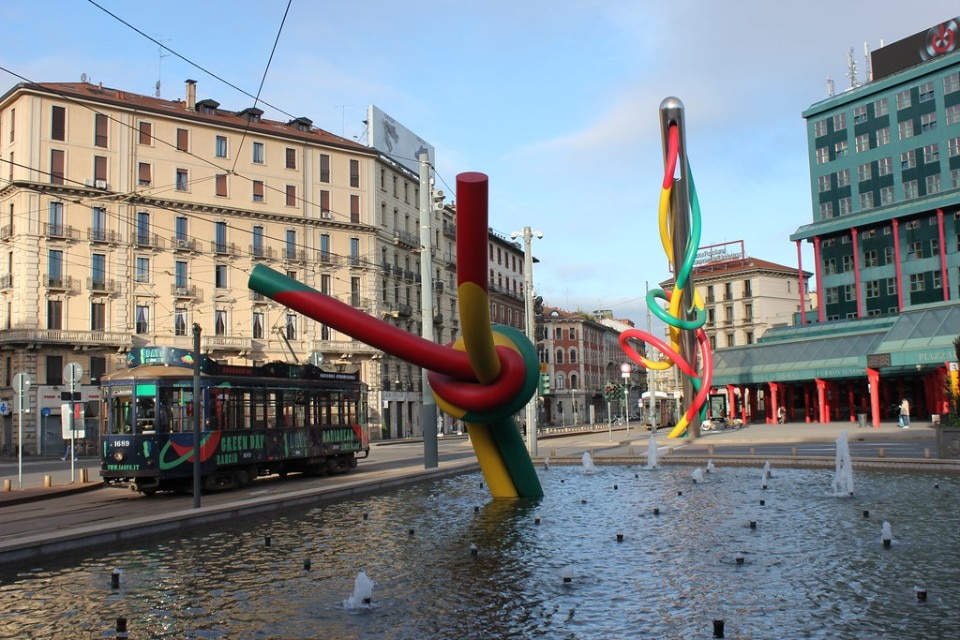
Claes Oldenburg and Coosje van Bruggen, Needle, thread and knot, Milan 2000
Photo Rémy de Valenciennes from Wordpres
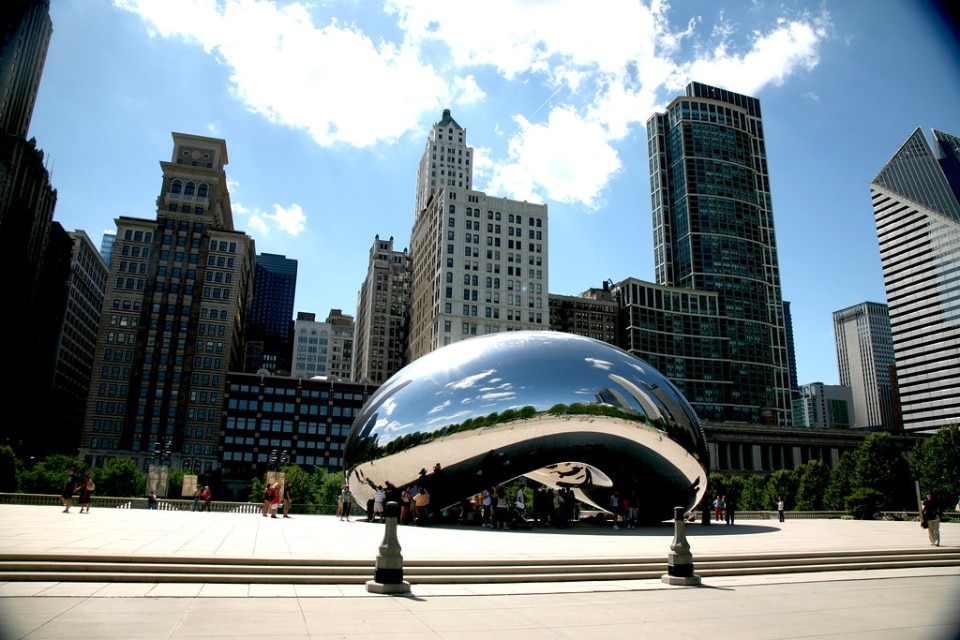
Anish Kapoor, Cloud Gate, Chicago, USA 2006
Located in the middle of the AT&T Plaza in Millennium Park, the bean-shaped sculpture clad in 168 stainless steel plates, with no externally visible welds, is inspired by the fluid consistency of mercury: the reflective surface distorts the city skyline and multiplies the play of reflections, capturing the attention and curiosity of those passing under and around it.
Photo Vincent Desjardins from Wordpress
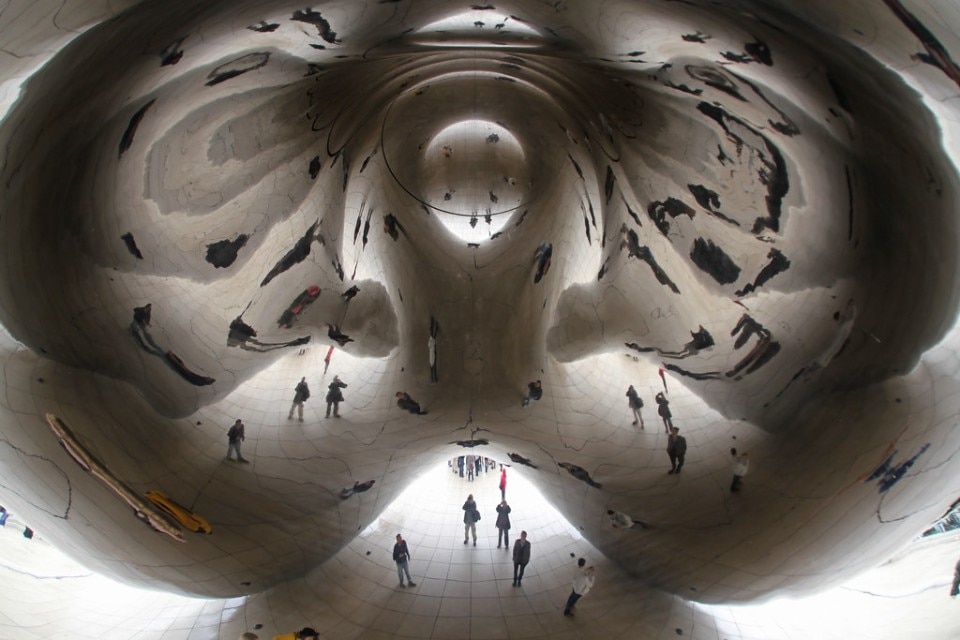
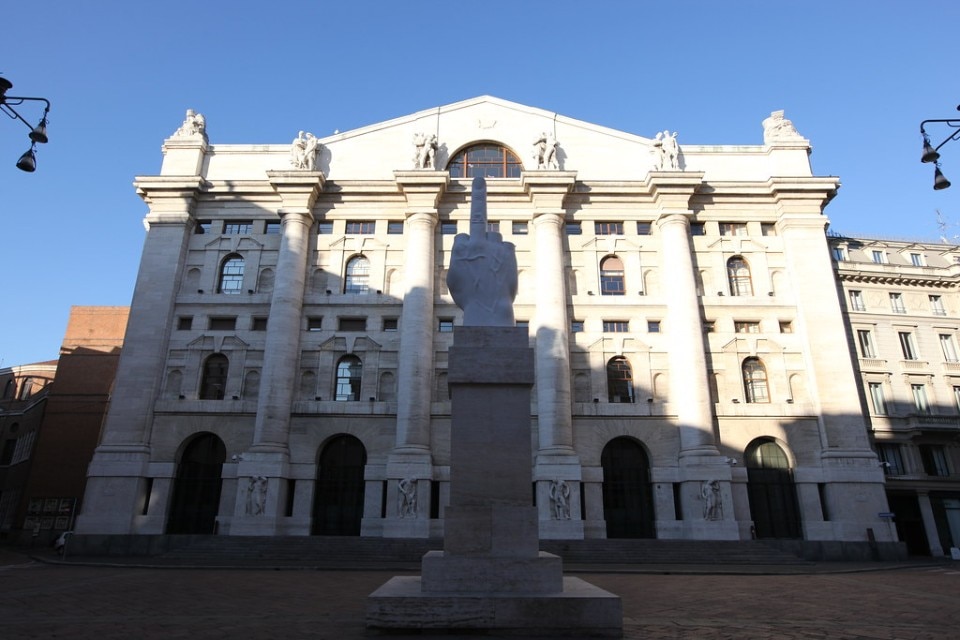

Maurizio Cattelan, L.O.V.E., Milan, Italy 2010
Photo www.ralfsteinberger.com from Wordpress

Edoardo Tresoldi, Opera, Reggio Calabria, Italy 2020
The permanent installation on the promenade of Reggio Calabria, which can be lived-in and is completely usable by citizens and visitors, is characterised by a macroscopic wire mesh structure and is a tribute to the contemplative relationship between the individual and the landscape, here evoked through a classical architectural language and material transparencies.
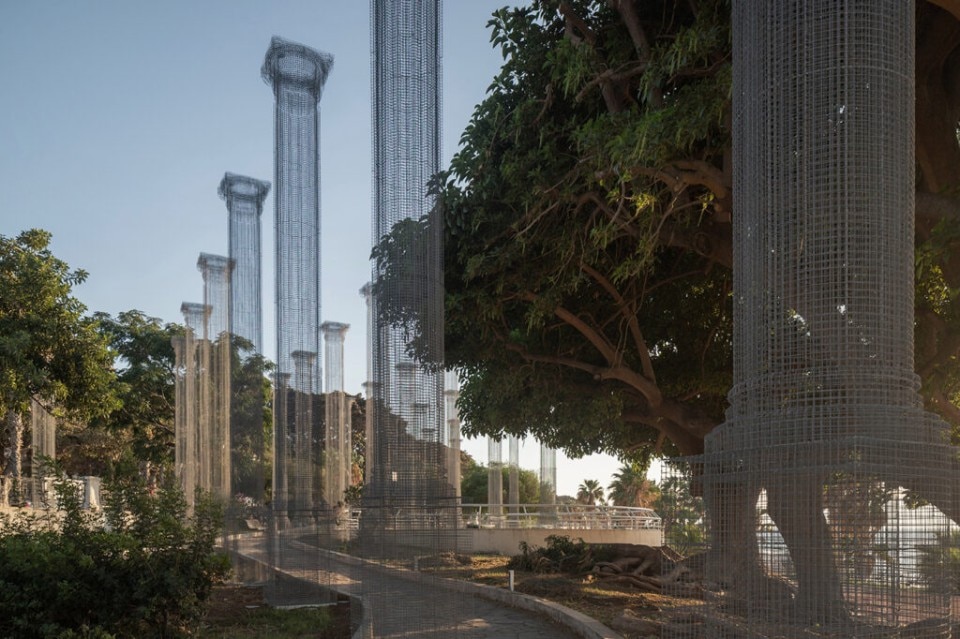
Edoardo Tresoldi, Opera, Reggio Calabria, Italy 2020
View article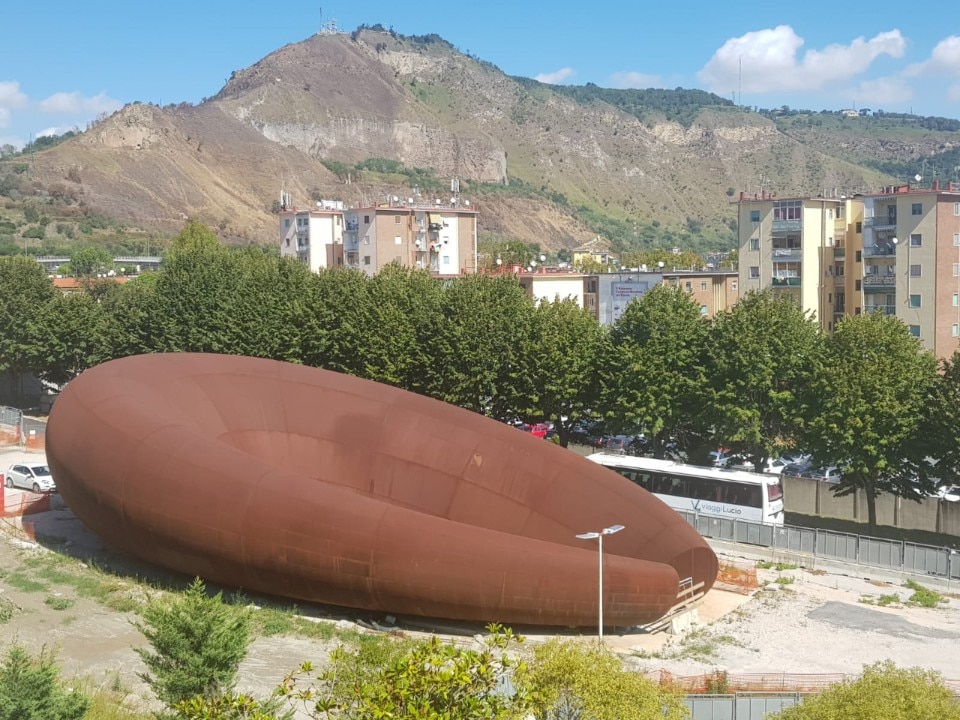
Anish Kapoor, Sculpture in the Monte S. Angelo metro, Naples, Italy 2022
The gigantic sculpture in the form of an inverted steel funnel located at the exit of the Monte Sant' Angelo station completes the installation conceived about twenty years ago by Kapoor and consisting of another work positioned at the main entrance. The artist's intention is to create a work of art that is not only contemplative but can be actively experienced by passing through it and living it.
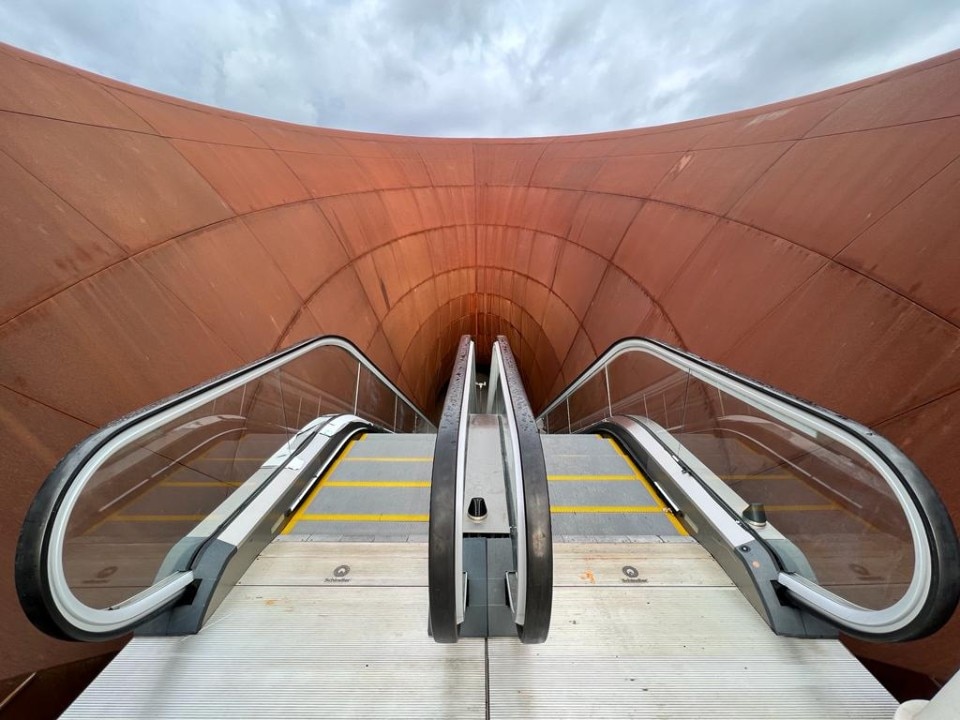
Anish Kapoor, Sculpture in the Monte S. Angelo metro, Naples, Italy 2022
View article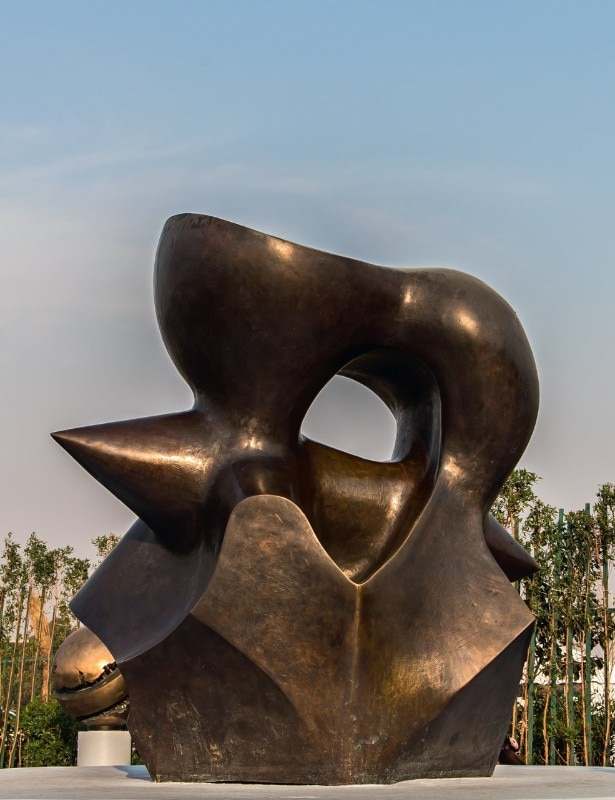
Urban sculptures, Jeddah, Saudi Arabia (Henry Moore, large Spindle Piece)
Thanks to the far-sighted vision of its administrators, between the 1970s and 1980s Jeddah activated a process of urban development with contemporary art at its centre: more than 600 sculptures, conceived by the world's greatest artists - including Arnaldo Pomodoro, Henry Moore, Alexander Calder,... - were placed in squares, streets and roundabouts with the aim of evoking a sense of wonder and putting the spotlight on the city as a place of cultural and artistic innovation.
Henry Moore, Large Spindle Piece, 1968
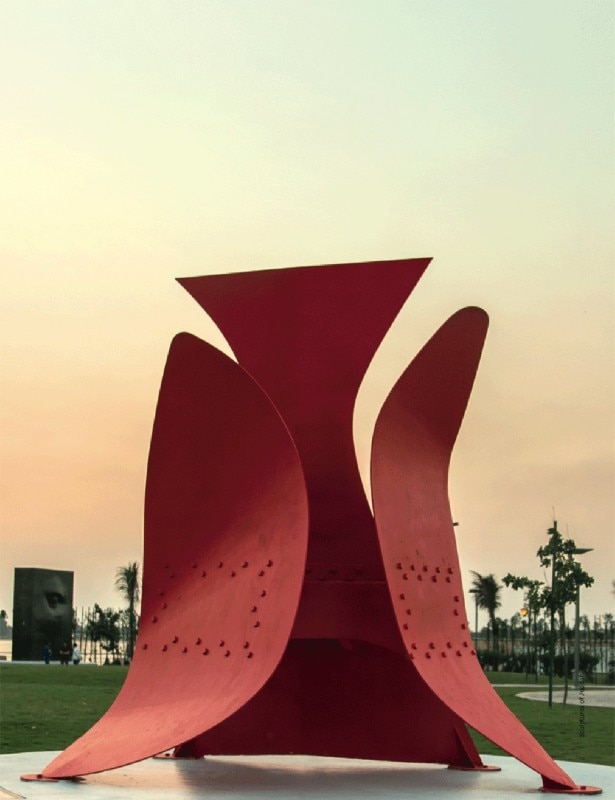
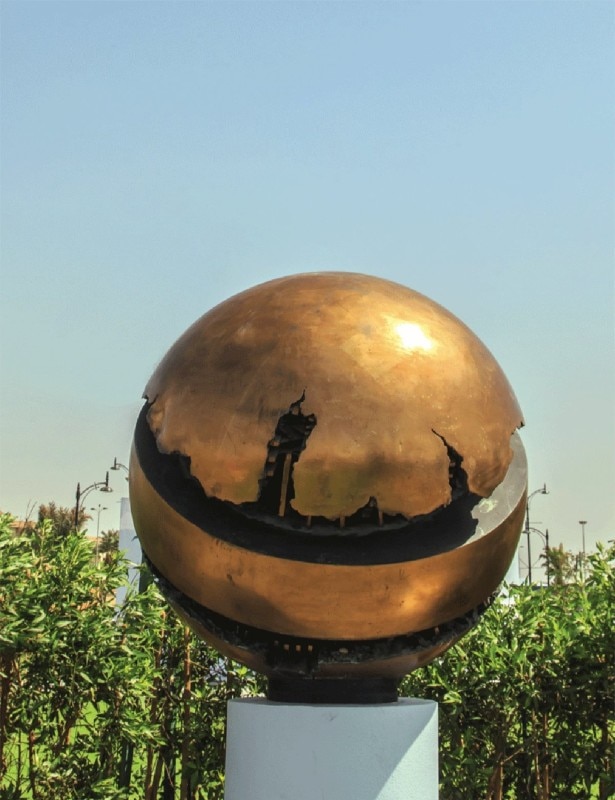
Urban sculptures, Jeddah, Saudi Arabia
Arnaldo Pomodoro, Rotating First Section n.3, 1975
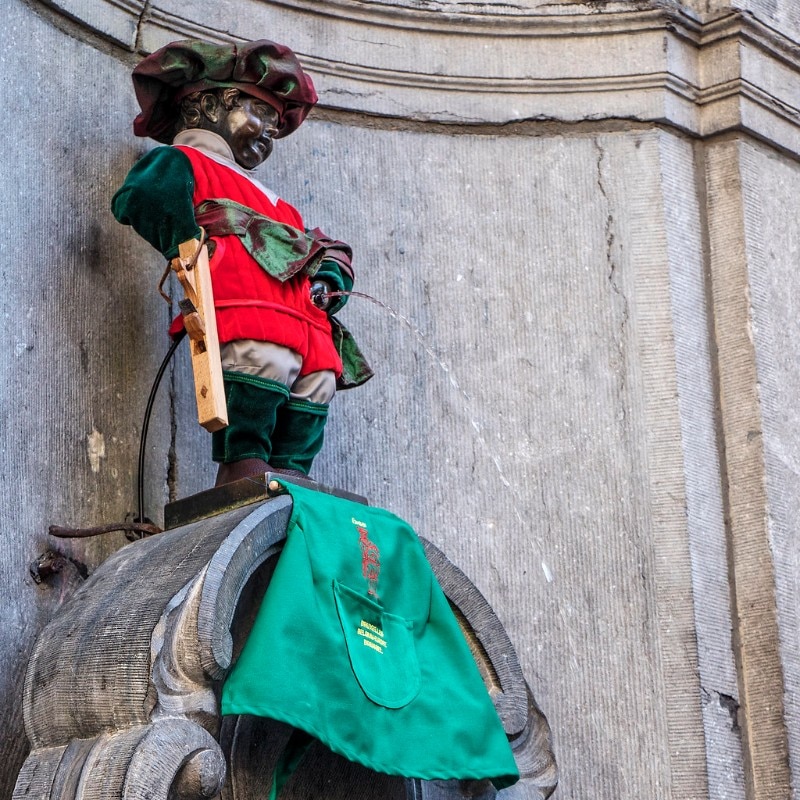
Peeing statues, Brussels, Belgium
The three 'peeing statues' - Manneken Pis (1619), his little sister Jeanneke Pis (1985) and the little dog Het Zinneke (1998) - form an iconic monument of the city. The works, placed at the vertices of an imaginary triangle in the historic centre, refer to an expressive imagery - that of the urinating figure - that evokes the concepts of fantasy, innocence and bravado and, in this case, also the city's welcoming values and its capacity for interchange and integration.
Manneken-Pis, 1619. Photo Marco Crupi Visual Artist from Wordpress
